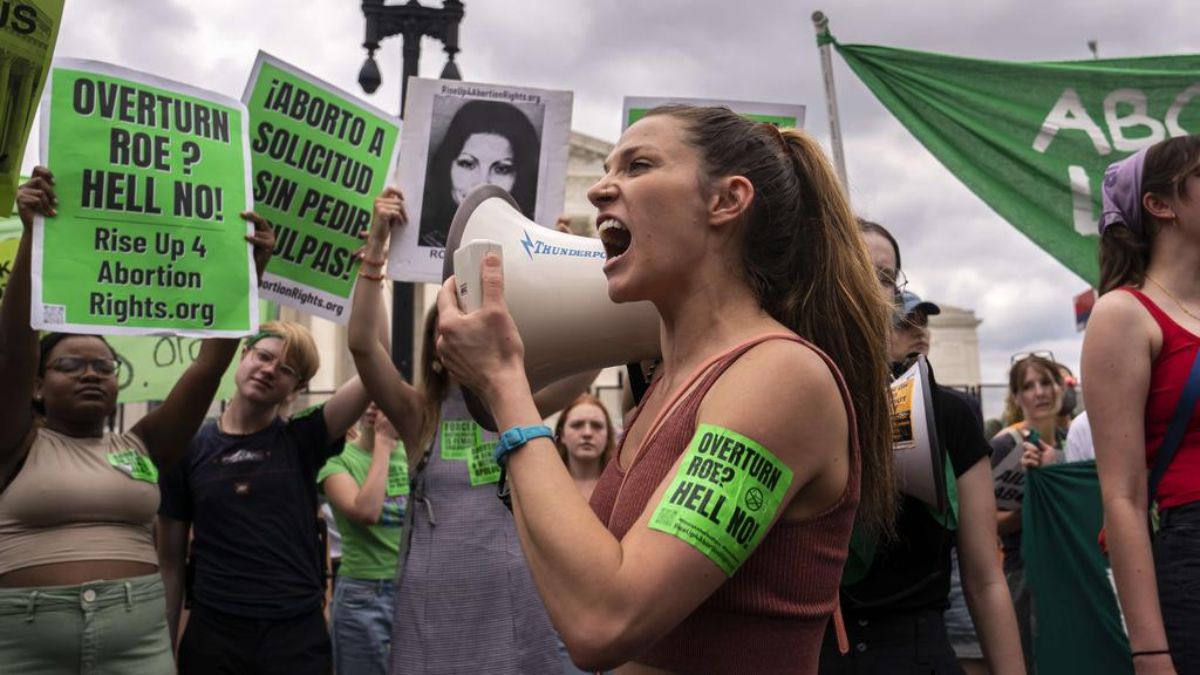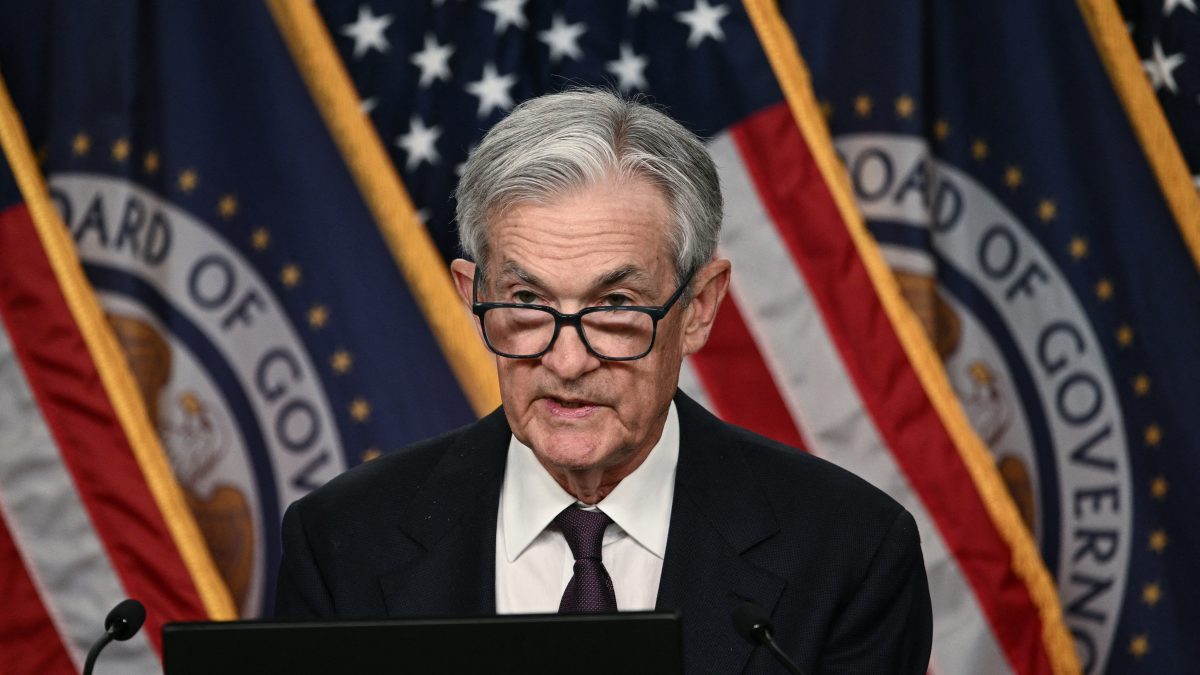Since the political rise of Donald Trump, young women in the United States have become more liberal, according to a survey.
In 2001, women were just 3 per cent more likely to be liberal than men, but the margin today has increased to 15 per cent, according to a Gallup survey.
The election of Trump —who has had a history of being disrespectful towards women and has faced sexual misbehaviour allegations— over first woman presidential nominee Hillary Clinton, the #MeToo movement, and the subsequent far-right movement against abortion and reproductive rights, including the overturing of ‘Roe V Wade’ judgement which granted federal constitutional protection to abortion, contributed to the transition.
Such findings come at a time when women’s role in the 2024 US presidential has become more pronounced — particularly in the wake of Trump’s running mate JD Vance’s tirade against women who don’t have children. The attitude along party lines regarding women’s public roles are also very polarised. As per Pew Research, whereas 31 per cent of Democrats and Democratic-leaning persons say it is extremely or very important to them to see a woman president in their lifetime, just 5 per cent of Republicans and Republican-leaning people say it.
How men & women’s political opinions changed
In 2001, 28 per cent of women were liberal compared to 25 per cent of young men, according to the Gallup survey.
The margin 3 per cent remained more or less constant through the presidency of George W Bush and increased to 5 per cent during Barack Obama’s presidency, but it changed with the election of Trump.
Eight years after the Trump era began, the Gallup survey found that around 40 per cent of young American women identify today as liberal compared to 25 per cent of young men — a five-time jump in the margin of 3 per cent during 2001-07 to 15 per cent today.
Impact Shorts
More ShortsIn the 2024 presidential election, women are 50 per cent more likely to vote support Democratic nominee Kamala Harris in the most important battleground states. The New York Times-Sienna College poll in six states showed that 67 per cent women aged 18-19 supported Harris compared to 40 per cent young men.
What led to such a shift?
The young women aged 18-29 turning towards liberalism are from the generation who came of age during the transition from the third to forth wave of the global feminist movement. They grew up with the message that they could do anything. Coupled with the rise of Obama in 2008, who emerged as an icon for the Black community in the United States, the ground was fertile for them to be more liberal than men — or even women of the previous generations.
Political scientist Melissa Deckman told The New York Times that these are the women who grew up in a period with a focus on cultivating girls’ self-esteem, civic engagement and involvement in previously male arenas.
Despite such an empowering phase, the election of Trump in 2016 —who made headlines for his “gram ’em by th p**y” remarks and history of misconduct allegations— sent the message that sexism was not a thing of the past. This drove young women to be more politically active.
“The end result of all this is by the time these girls become voters, they have more confidence — ‘internal political efficacy’ is the term political scientists would use. Basically, they believe in their ability to make change," said Deckman, the author of
The Me Too movement, which led to the outing of several high-profile men as predators, also contributed to the shift.
Allison Simpson, 25, told The Times that the overturning to Roe V Wade judgement was her turning point. It “really struck fear” into her.
“My views have always been liberal, but what really took my views to the level they are now is when Roe v. Wade was overturned. It really struck fear into me, to be honest,” said Simpson.
Prof. Shauna Shames of Rutgers told the newspaper that political scientists call this rational political behavior in response to a policy threat, which in this case was “losing control of rights they have taken for granted for a very long time”.


)

)
)
)
)
)
)
)
)



